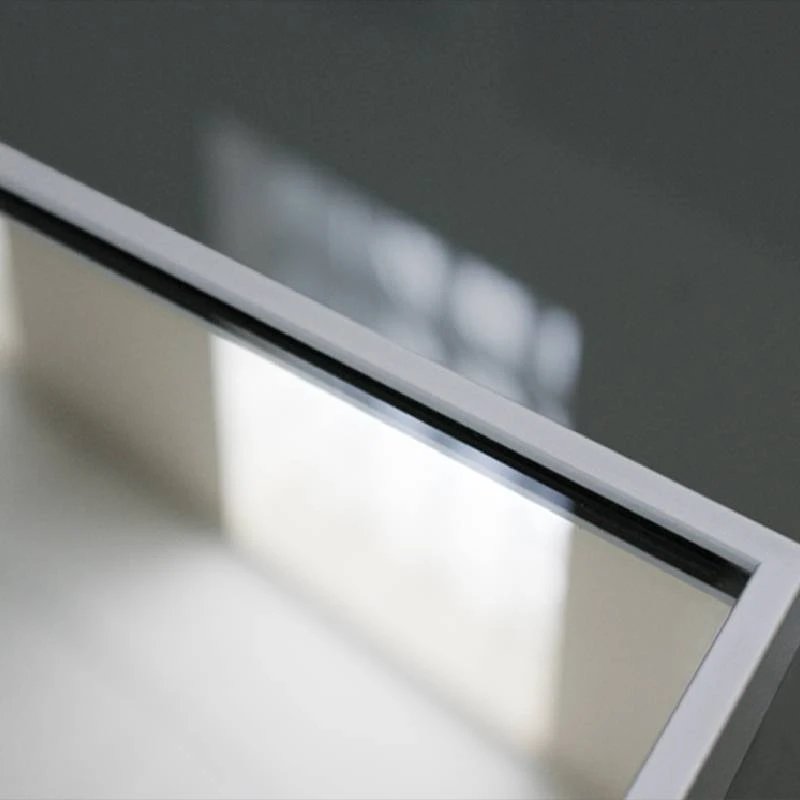

The Float Glass Production Line An Innovative Approach to Modern Glass Manufacturing
The float glass production line represents a significant advancement in the manufacture of flat glass, which is essential for a myriad of applications, from windows and mirrors to automotive and architectural uses. The process's inception can be traced back to the 1950s, when Sir Alastair Pilkington developed the float glass method. This revolutionized the glass industry by enabling the production of high-quality glass sheets with remarkable uniform thickness and clarity.
The Float Glass Process
At the heart of the float glass production line is the float glass process, which involves several key stages. Initially, raw materials, primarily silica sand, soda ash, and limestone, are blended together. The mixture then undergoes a high-temperature melting process in a furnace, where it achieves the molten state necessary for the subsequent steps. The accurate control of temperature is crucial during this stage to ensure the materials properly fuse together without impurities.
Once the glass reaches the desired molten consistency, it flows into a flotation bath filled with molten tin. This is the defining feature of the float glass process. The glass floats on the tin, which is heavier, allowing it to spread evenly across the surface. This unique technique produces a flat glass sheet with high optical quality, as the surface tension of the molten tin ensures that the glass achieves a perfectly smooth finish.
After floating, the glass is cooled in a controlled manner while passing through a series of annealing lehrs. This cooling process is critical as it allows the glass to gain strength and prevents internal stresses that could lead to breakage. The uniform cooling also helps maintain the flatness of the glass sheets.
Automation and Efficiency

Modern float glass production lines have embraced advanced automation technologies that enhance efficiency and reduce labor costs. Computer-controlled systems monitor and adjust the production parameters in real-time, ensuring consistency in thickness, temperature, and quality. These systems also integrate quality control measures, such as automatic inspections, to detect defects early in the production process.
Moreover, advancements in furnace technology have led to more energy-efficient operations. By using specialized burners and optimizing the melting process, manufacturers can significantly reduce energy consumption and operational costs. As a result, the environmental footprint of float glass production has also diminished, aligning with global sustainability goals.
Applications and Market Demand
The versatility of float glass makes it an indispensable material in various industries. From residential and commercial buildings, where it serves as windows and facades, to the automotive sector for windshields and sunroofs, the demand for high-quality float glass continues to rise. Additionally, innovations in glass coatings and treatments have enhanced the functionality of float glass, enabling manufacturers to produce energy-efficient and self-cleaning surfaces.
With the ongoing growth of construction and automotive industries, the global market for float glass is expanding. Manufacturers are continuously focusing on research and development to meet the evolving demands of consumers, incorporating smart technologies and eco-friendly materials into their production lines.
Conclusion
The float glass production line stands as a testament to the advancements in manufacturing technology, combining efficiency with high-quality output. As industries evolve, the adaptation and innovation within float glass production will play a pivotal role in shaping the future of glass applications, contributing not only to enhanced aesthetics but also to improved energy efficiency and environmental sustainability. Through continued investment in technology and process optimization, the glass industry is poised for a bright future, aligning with the broader trends in modern manufacturing and sustainability.